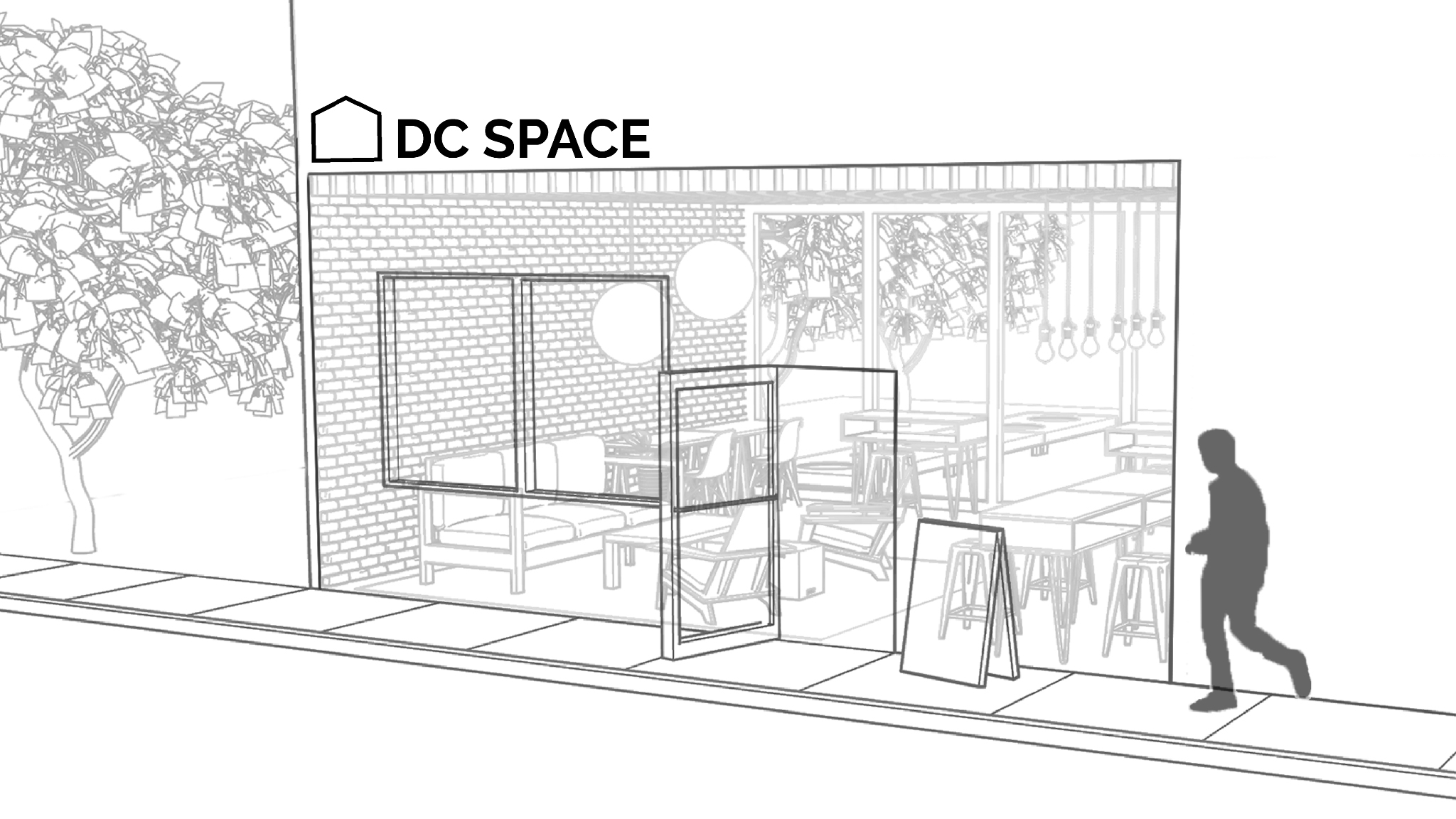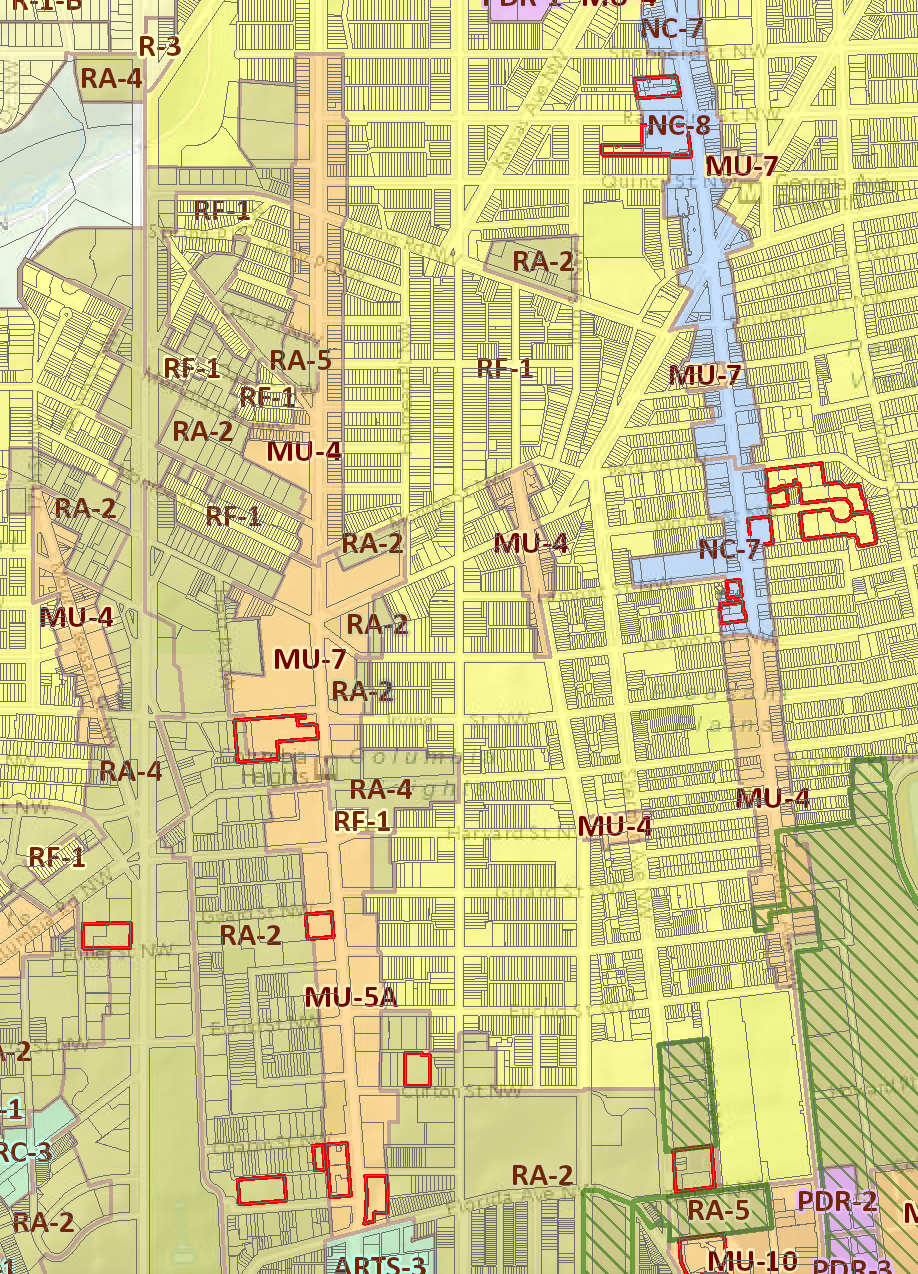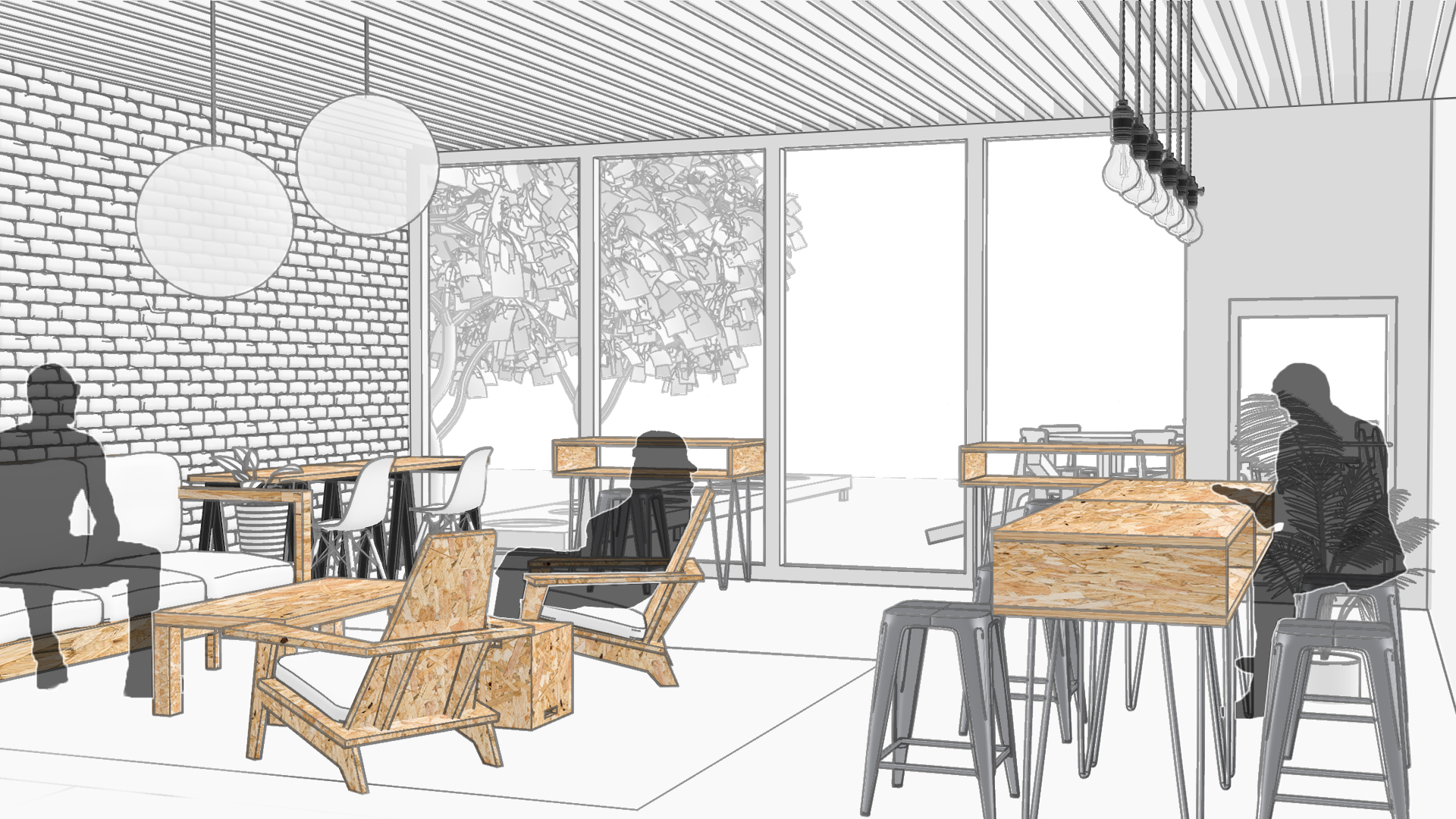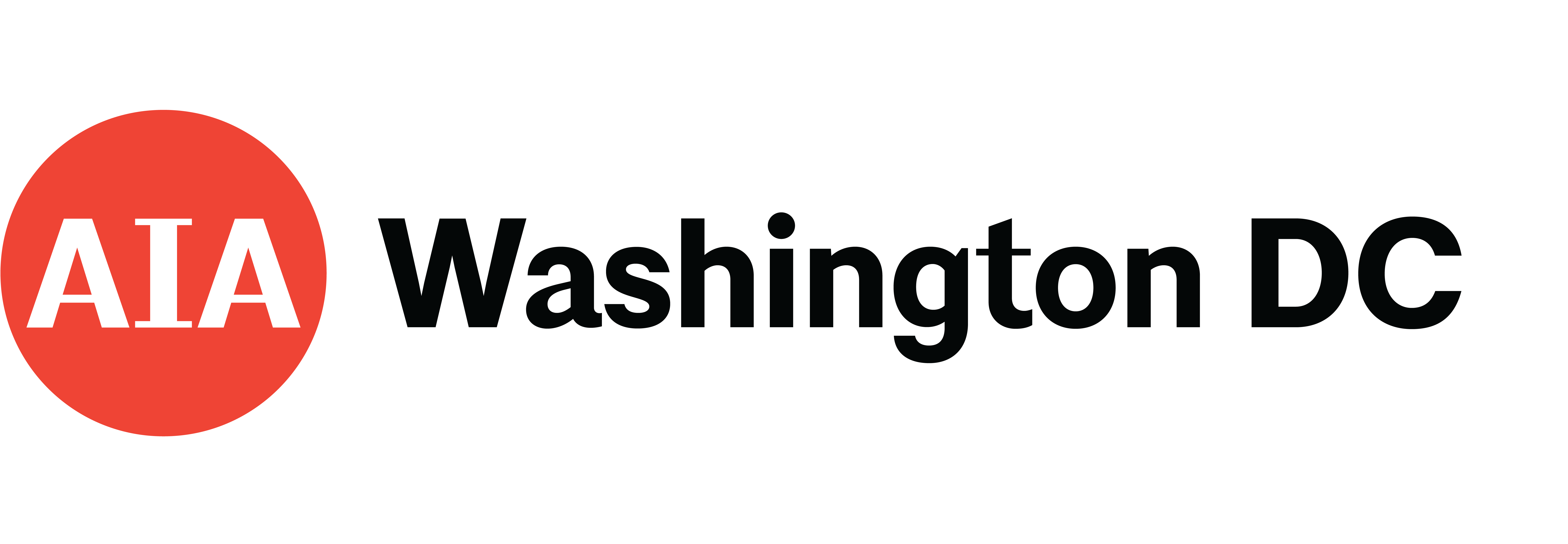Cultural Amplifier
Culture House
Proposal by Aaron Greiner and Rishika DhawanWinner
Washington DC has been witness to historically challenging incidents, the most recent being January 6th 2021. Each event has brought with it an uncertainty within the city. With evolving ups and downs, the notion of community and belonging is no longer associated with a feeling of positivity and safety as it should. An urban intervention is required that is able to bridge the gaps between the city and its people in order to create a lasting cultural identity. The intervention we propose is DC SPACE.

DC SPACE (conceptual render to the right) is a community pop-up that will serve as a communal living room, third space, and host for regular programming. This relaxed free-to-enter space will strengthen community bonds between previously disparate groups and create a context where all generations can coexist in an atmosphere of play. It will provide a place where people can build interpersonal networks that are critical to creating the thriving, sustainable, and resilient neighborhoods needed to combat current and future needs. Jane Jacobs said, ‘cities have the capability of providing something for everybody, only because, and only when, they are created by everybody’. How do we represent a cultural identity for evolving and diverse communities? One of the best tools we have to confront this is to strengthen the existing social fabric between communities. Sociologist Eric Klinenberg wrote, “building places where all kinds of people can gather is the best way to repair the fractured societies we live in today.” Working together using the creativity and resilience of our community members is our biggest asset. Washington DC lacks the social infrastructure necessary to bring people together in meaningful ways.
The Location
The location for DC SPACE will depend on a few factors. We assess whether the space is a low or high traffic area which will affect the kind of programs we will need to attract more people. Accessibility is important, there should be no barriers from untapped communities or physical accessibility constraints. It is important to establish a relationship with surrounding owners of the space and ensure that they are supportive towards the goals of the pop-up. Judging by these factors, the Columbia Heights Civic Plaza is the most suited location for DC SPACE. Having selected the location, we determine the exact address of the space in collaboration with the community and their specific needs and goals. As the nature of the pop-up is temporary, we are flexible with the exact space.

The neighborhood of Columbia Heights has a diverse history which results in it being a destination for tourists, local residents, as well as government officials. They have experienced their ups and downs with the designation of a ‘colored’ school creating a home for the African American population as well as the location for the 1968 riots forcing people to move out. Previously a neglected neighborhood, there have been significant attempts at urban revitalization with the metro station and new housing developments. The strength of this neighborhood has always been its connectivity to Downtown.
The neighborhood has been designated as mostly residential with a commercial corridor along 14th street (as indicated on the map). There are two kinds of communities present in Columbia Heights; the first are the newer, wealthier residents that are creating meaningful spaces for themselves and the second are the long-time residents that feel neglected and left behind by the changes. Existing organizations such as BloomBar and the GALA Theatre, and having Howard University close by, have helped keep the cultural identity of Columbia Heights alive. DC SPACE would be able to enhance the same with an intervention that stems from the community, for the community.
The Process
A successful social infrastructure intervention is defined by its process. It is about how we engage, involve, and empower the community to lead to the creation and operation of a pop-up. Keeping specific community needs central we customize and change the pop-up to fit local conditions. Engaging the community at each step of the process ensures that the pop-up is centering those who need it the most.
Research
Working with similar organizations and others present in the community keeps the identity of the neighborhood intact. With their help we gather information about the community and the neighborhood and understand the existing needs and concerns. This creates a homely environment at DC SPACE whether you have been living in DC for years or are just visiting. It acts as a bridge between government officials and their constituents, providing a neutral territory where they can meet and connect. Prominent partners to consider will be the Civic Plaza Partners, Columbia Heights Main Streets as well as the Advisory Neighborhood Commission.
Community Engagement
A pop-up does not happen to a community, it happens with a community. We spend time engaging with the community and understanding what they want to see in their spaces. We often use a large chalk prompt board where we write “I wish I had a place too…” and ask people to fill in the blank. The nature of the pop-up model is temporary which allows for constant iteration and molding to accommodate evolving needs. It encourages positive interaction by functioning as a space to meet new people and those who have lived in DC for a while.
Design/Build
Using tactical urbanism methods we will build a space that is inviting, accessible and fosters community. DC SPACE thrives on being visually and experientially different which brings people into an environment they can be comfortable in and peacefully interact. It is important to plan for adaptability as spaces may need to evolve depending on how they are used. A successful pop-up is accessible to all ages, abilities and languages. The pop-up has a barrier free entrance and internal structure. Things like metal detectors in public institutions of DC that might get in the way of universal access do not hinder the situation here.
Operation
Events are a chance to bring in collaborators, expand audiences, support local creatives, and give people an excuse to stop by. Events will almost always be free, we want to reduce as many barriers as we can to getting people in the door. Not relying on event revenue for funding lets us build a more equitable environment. A public space attracts a wide range of people which means that sometimes there will be conflict. The host and staff are members of the community, giving visitors a person they can relate to. All staff are trained on de-escalation strategies to create a comfortable environment where situations can be easily diffused. People build connections with people who are different from them through interactions in spaces and events, which builds tolerance across identities and facilitates multicultural exchange.
Impact Report and Data Collection
Throughout the process we will collect data from the experiences and interactions of the community. Stepping back and looking at the space from a birds-eye view and comparing it with other similar efforts can yield larger discoveries. Often a solution that works for a specific community can also be adapted to other communities in DC. Publishing a report publicly allows others to read it and gain inspiration that they can take to their own neighborhood.
The Space
DC SPACE will address city level problems at a neighborhood scale. The events and programs create a playful atmosphere that promotes livability and joy. And, by giving people a platform to locate problems and find solutions within their community, this pop-up will spur inclusive neighborhood development. This pop-up space will be a temporary means of supporting communities to make long term dreams a reality and serve as research hubs that generate future placemaking opportunities.


In Washington DC, the tourists have access to the larger open spaces and museums, the national government takes a seat at the highest point of the city, and the local residents are spread in the outer periphery of the city divided by prominent racial definitions. The process of realizing DC SPACE uses urban design, planning, art, human centered design, and architecture strategies to give social infrastructure a new form. Due to its temporary nature DC SPACE can be adapted to various forms of existing public spaces. The nature of constant engagement and research ensures that all voices are not only heard but differences are recognized, understood and supported through the design and operation of the space. The nature and importance of a human scale at DC SPACE creates a sense of place and an authentic cultural destination. Washington DC sets an example for the rest of the country. With a space like DC SPACE we can ensure that the value of the city stays intact as it continues to evolve.
Credits
CultureHouse Team
- Tommy O'Halleran
-
Eric Sargent
United States Capitol Historical Society
- Jane L. Campbell
-
Steve Livengood
Jump to Runner-up: Reconstruction of Open-Spaces in Washington China Town
Back to Cultural Amplifier
